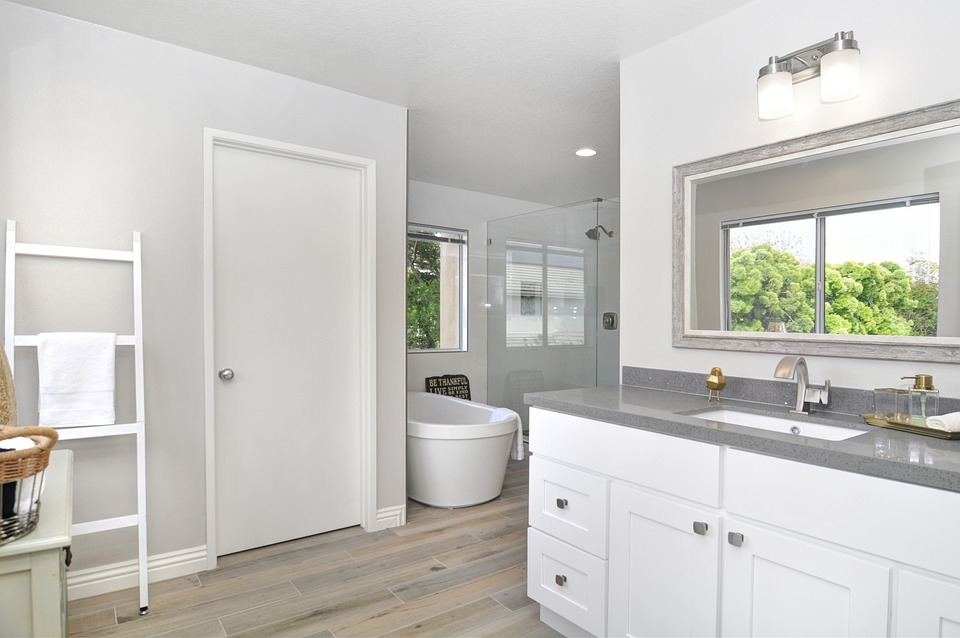How to Choose the Right Color Scheme for Your Graphic Design Project
As a graphic designer, one of the most important decisions you’ll make is choosing the right color scheme for your project. The colors you choose can communicate a message, convey a feeling, and even affect a person’s mood. In this article, we’ll look at the factors you need to consider when selecting a color scheme and provide tips for creating a cohesive and effective design.
Understanding Color Theory
Before you begin selecting colors, it’s important to understand the basics of color theory. The color wheel is a visual representation of the relationships between primary, secondary, and tertiary colors. Primary colors are pure hues that cannot be created by mixing other colors – red, blue, and yellow. Secondary colors are created by mixing two primary colors – green, orange, and purple. Finally, tertiary colors are created by mixing a primary color with a secondary color.
Using the color wheel, you can create different color schemes that group specific colors together for a particular effect. Here are some common color schemes:
Monochromatic – One color is used in different shades, tints, and tones.
Complementary – Two colors that are opposite each other on the color wheel.
Analogous – Three colors that are next to each other on the color wheel.
Triadic – Three colors that are equally spaced on the color wheel.
Tetradic – Four colors that are two sets of complementary colors.
Factors to Consider When Choosing a Color Scheme
Now that you understand the different color schemes, it’s important to consider the following factors to help you select the right one for your project:
Brand Identity – What is the brand’s existing color palette or visual identity?
Target Audience – Who is the target audience, and what colors will appeal to them?
Purpose – What is the purpose of the design, and what colors will best convey that message?
Psychology – What emotions or feelings do you want people to experience when they see the design?
Accessibility – Are the colors easily distinguishable for people with color vision deficiencies?
Tips for Creating a Cohesive Design
Once you’ve selected a color scheme for your project, here are some tips to help you create a cohesive and effective design:
Use a color palette generator – Websites like Coolors and Canva’s Color Palette Generator can help you create a custom color palette that works well together.
Limit the number of colors – Stick to two to four colors for a cleaner, more cohesive design.
Consider contrast – Make sure there is enough contrast between text and background colors for readability.
Pay attention to whitespace – Use whitespace to break up sections of text and give the design a clean, modern look.
Test the design – Preview the design on different devices and at different sizes to ensure the colors are still legible.
Conclusion
Selecting the right color scheme for your graphic design project is crucial to its success. By considering factors such as brand identity, target audience, purpose, psychology, and accessibility, you can create a design that not only looks great but also communicates the intended message effectively. By using a color palette generator, limiting the number of colors, considering contrast and whitespace, and testing the design, you can create a cohesive and effective design that will make a lasting impression on your audience.
FAQs:
Q: Why is color choice important in graphic design?
A: Color choice can communicate a message, convey a feeling, and affect a person’s mood. It is also an important aspect of brand identity and overall design cohesion.
Q: Can I use any color scheme for my design?
A: It depends on the project’s purpose and target audience. It is best to choose a color scheme that will appeal to the target audience and convey the intended message.
Q: How many colors should I use in my design?
A: Stick to two to four colors for a cleaner and more cohesive design.
Q: What is whitespace, and why is it important?
A: Whitespace is the space between design elements. It is important because it can help break up sections of text and give the design a clean, modern look.
Q: How can I test my design’s color scheme?
A: Preview the design on different devices and at different sizes to ensure the colors are still legible.






